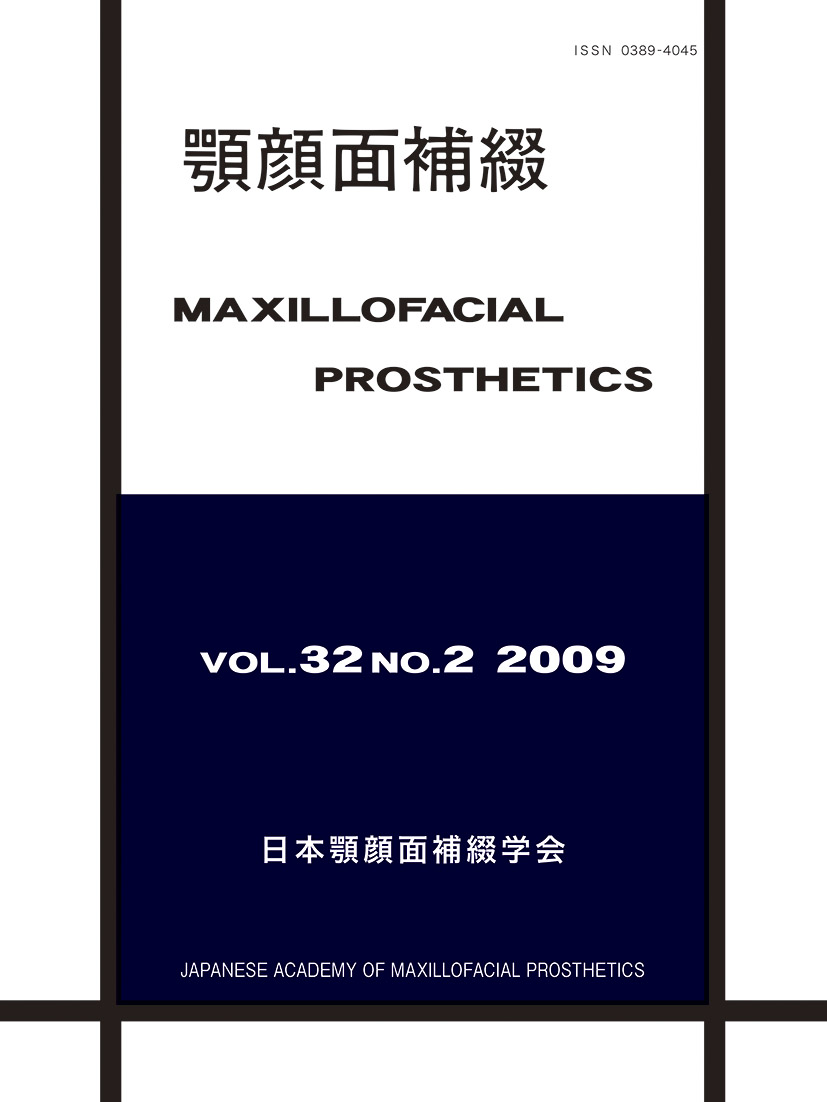Volume 32, Issue 2
Displaying 1-16 of 16 articles from this issue
- |<
- <
- 1
- >
- >|
-
2009 Volume 32 Issue 2 Pages 53-60
Published: 2009
Released on J-STAGE: April 18, 2024
Download PDF (944K) -
2009 Volume 32 Issue 2 Pages 61-66
Published: 2009
Released on J-STAGE: April 18, 2024
Download PDF (241K) -
2009 Volume 32 Issue 2 Pages 67-78
Published: 2009
Released on J-STAGE: April 18, 2024
Download PDF (346K) -
2009 Volume 32 Issue 2 Pages 79-92
Published: 2009
Released on J-STAGE: April 18, 2024
Download PDF (677K) -
2009 Volume 32 Issue 2 Pages 93-99
Published: 2009
Released on J-STAGE: April 18, 2024
Download PDF (503K) -
2009 Volume 32 Issue 2 Pages 100-105
Published: 2009
Released on J-STAGE: April 18, 2024
Download PDF (295K)
-
2009 Volume 32 Issue 2 Pages 106-112
Published: 2009
Released on J-STAGE: April 18, 2024
Download PDF (1225K) -
2009 Volume 32 Issue 2 Pages 113-117
Published: 2009
Released on J-STAGE: April 18, 2024
Download PDF (604K)
-
2009 Volume 32 Issue 2 Pages 118
Published: 2009
Released on J-STAGE: April 18, 2024
Download PDF (60K) -
2009 Volume 32 Issue 2 Pages 119
Published: 2009
Released on J-STAGE: April 18, 2024
Download PDF (139K) -
2009 Volume 32 Issue 2 Pages 120-121
Published: 2009
Released on J-STAGE: April 18, 2024
Download PDF (191K) -
2009 Volume 32 Issue 2 Pages 122-123
Published: 2009
Released on J-STAGE: April 18, 2024
Download PDF (229K) -
2009 Volume 32 Issue 2 Pages 124-125
Published: 2009
Released on J-STAGE: April 18, 2024
Download PDF (202K)
-
2009 Volume 32 Issue 2 Pages 126
Published: 2009
Released on J-STAGE: April 18, 2024
Download PDF (147K)
-
2009 Volume 32 Issue 2 Pages 127-147
Published: 2009
Released on J-STAGE: April 18, 2024
Download PDF (704K)
-
2009 Volume 32 Issue 2 Pages 148
Published: 2009
Released on J-STAGE: April 18, 2024
Download PDF (210K)
- |<
- <
- 1
- >
- >|
